The legendary Greek poet Homer once wrote in a verse that dawn rises in her golden robe from the ocean's tides, bringing light to immortal gods and mortal men. But this time, it’s not the dawn but rather marine archaeologists who have dipped their feet in the ocean tides to uncover ten ancient shipwrecks dating over 5000 years ago by using clues from Homer’s iconic poem “Iliad.” Researchers from Greece's National Research Foundation and the Greek Ministry of Culture used this epic poem and other historical sources to locate a shipwreck graveyard along with various ancient artifacts off the coast of Kasos, a small island in the Aegean Sea. These shipwrecks and artifacts sank between 3000 B.C.E and World War II.
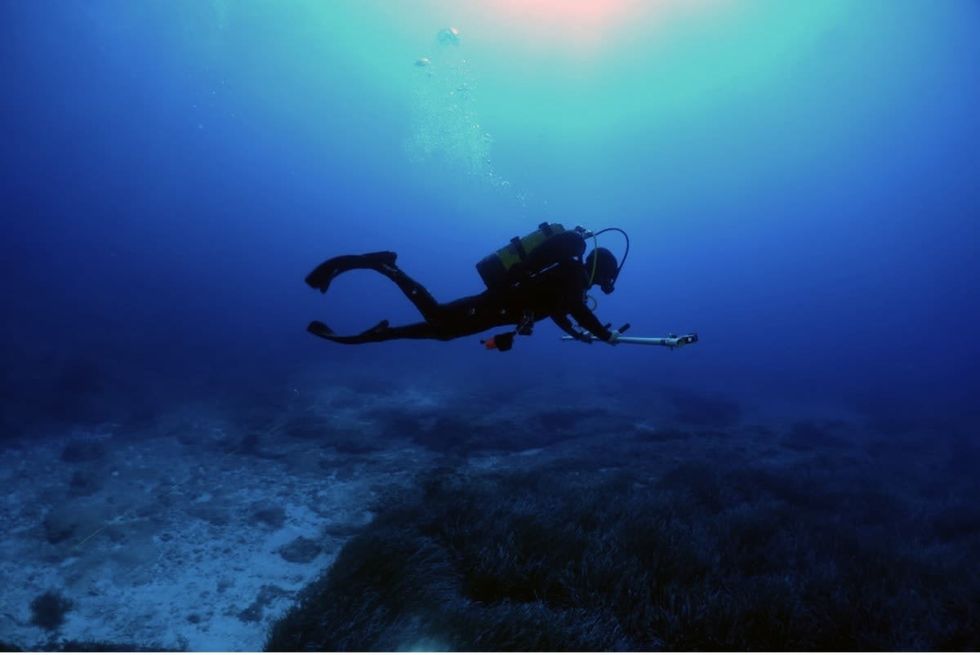
Thousands of years ago, Kasos was known for being a major trade hub east of Crete. According to Homer's "Iliad," it played a major role in the Trojan War, which occurred during the same time in which the poem was written. Using the verses of this epic as a guide, researchers uncovered wrecks from the Classical period (460 B.C.E.), the Roman period (200 B.C.E. to 300 C.E.), the Hellenistic period (100 B.C.E. to 100 C.E.), the Byzantine period (800 C.E. to 900 C.E.) and even a 25-30 meter wooden boat with metal components believed to date to World War II, the ministry said in their statement.
"This research was conducted to shed light on the maritime history of the Aegean region, with a particular focus on the island of Kasos," Xanthie Argiris, one of the project's marine archaeologists, told Newsweek. "This island has long been overlooked in historical narratives and we aimed to uncover its significance in ancient maritime networks," Argiris shared and added, "By exploring the underwater cultural heritage of the region, we sought to reveal Kasos' role as a crucial node along ancient trade routes, thus contributing to our understanding of the broader historical and archaeological context of the southeastern Aegean."
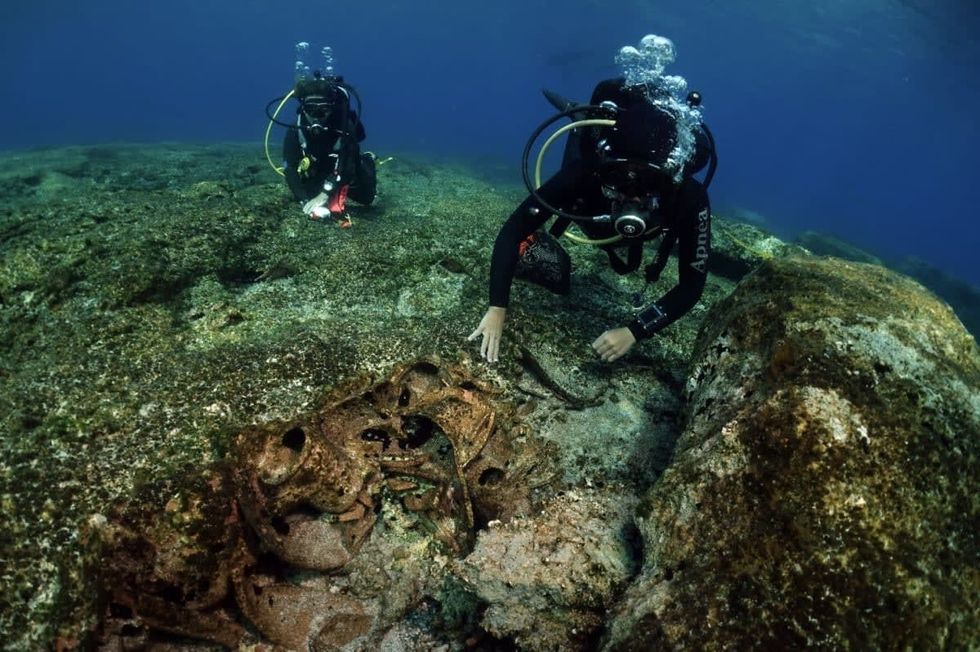
The team has been searching this area since 2019, using hi-tech photography and sonar equipment. In addition to collecting samples of the ten shipwrecks, they also recovered artifacts, delving deep into the locale’s past. It was revealed that these ships contained goods from Europe, Africa, and Asia, including a Spanish amphora with a seal on its handle, dating to around 150-170 C.E, and African terra sigillata flasks dating from the Roman era.
"This extensive temporal range reflects the long history of maritime activity in the Aegean region and highlights the significance of Kasos as a maritime crossroads throughout the ages," Argiris said. The researchers took more than 20,000 underwater photographs of these antique artifacts and crafted maps of the Kasos-Karpathos reef using side-scanning sonar.
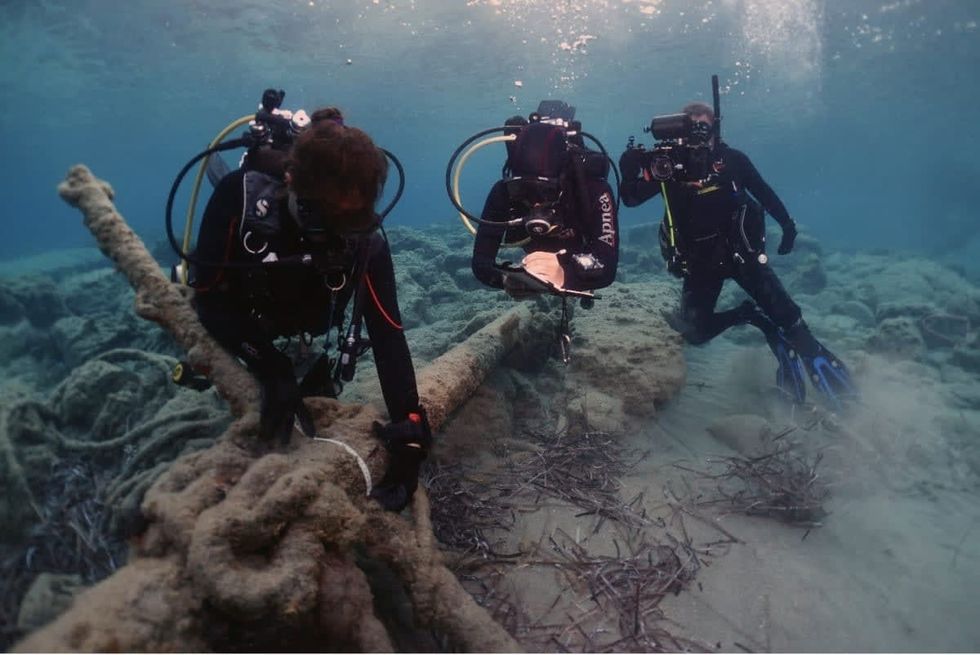
This exploration was a part of the “Kasos Project.” It is the “first systematic research on the seabed of Kasos” with the main objective of locating, recording and studying the antiquities of an area at the crossroads of cultures and once a center of navigation, according to the project's website. The project also got featured in an 11-minute documentary film titled "Diving into the History of the Aegean," which has already been selected for competing in leading international archaeological film festivals.





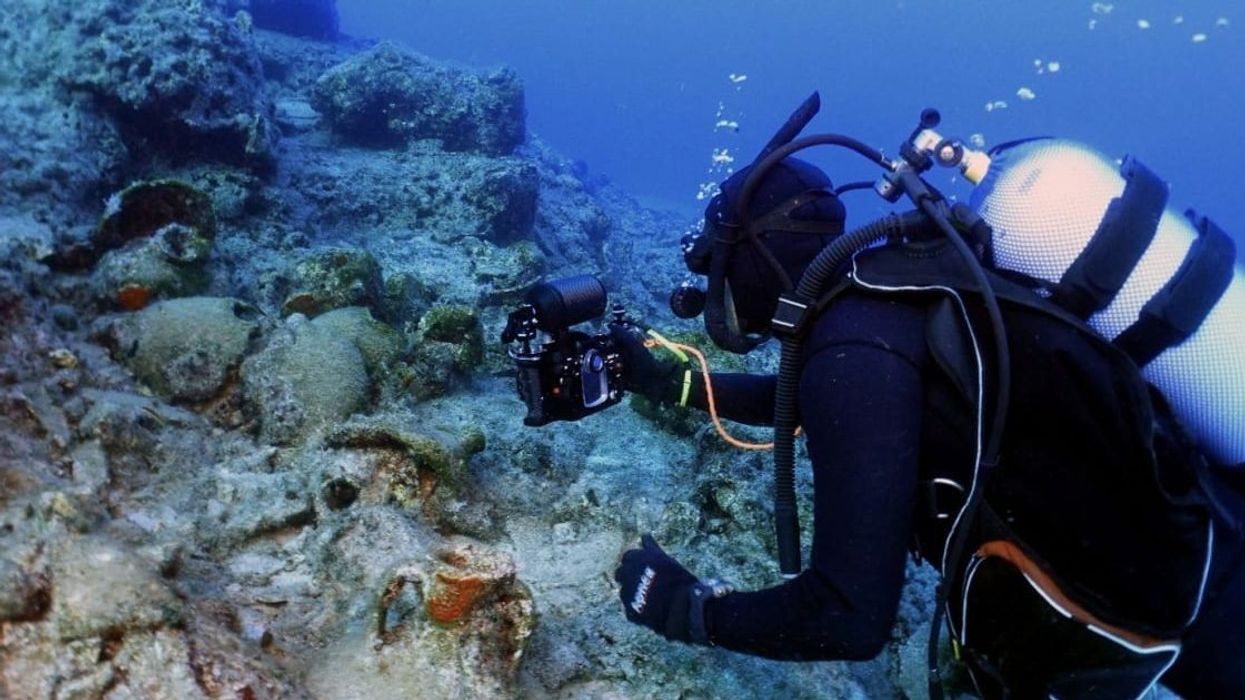











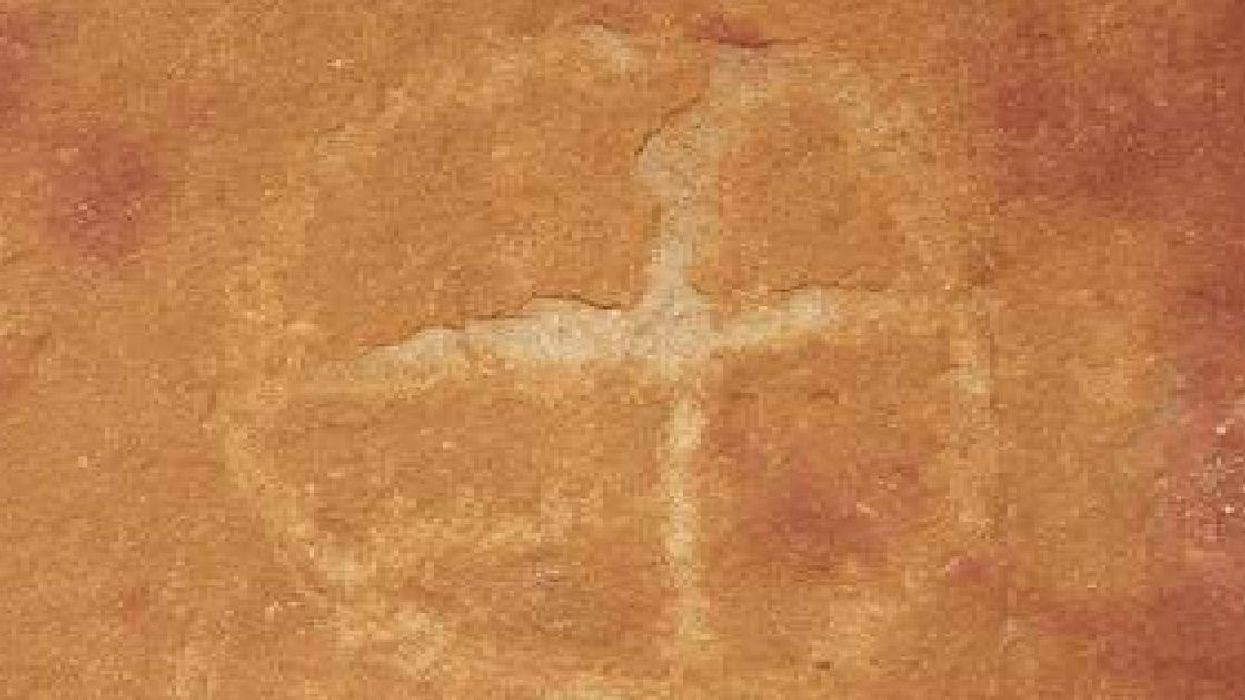
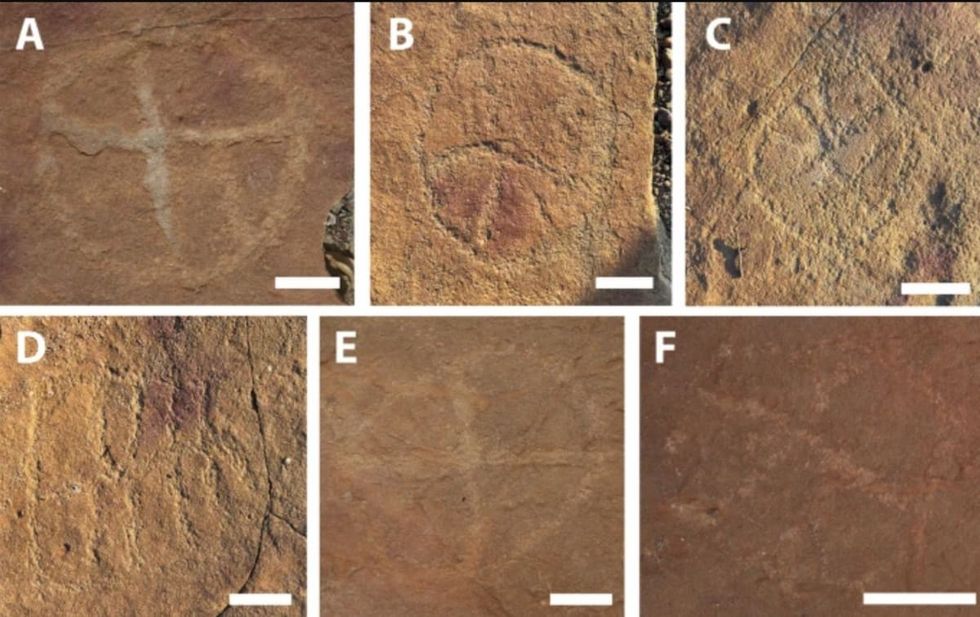 Image frmo Scientific Reports of ancient artwork. Image Source:
Image frmo Scientific Reports of ancient artwork. Image Source: 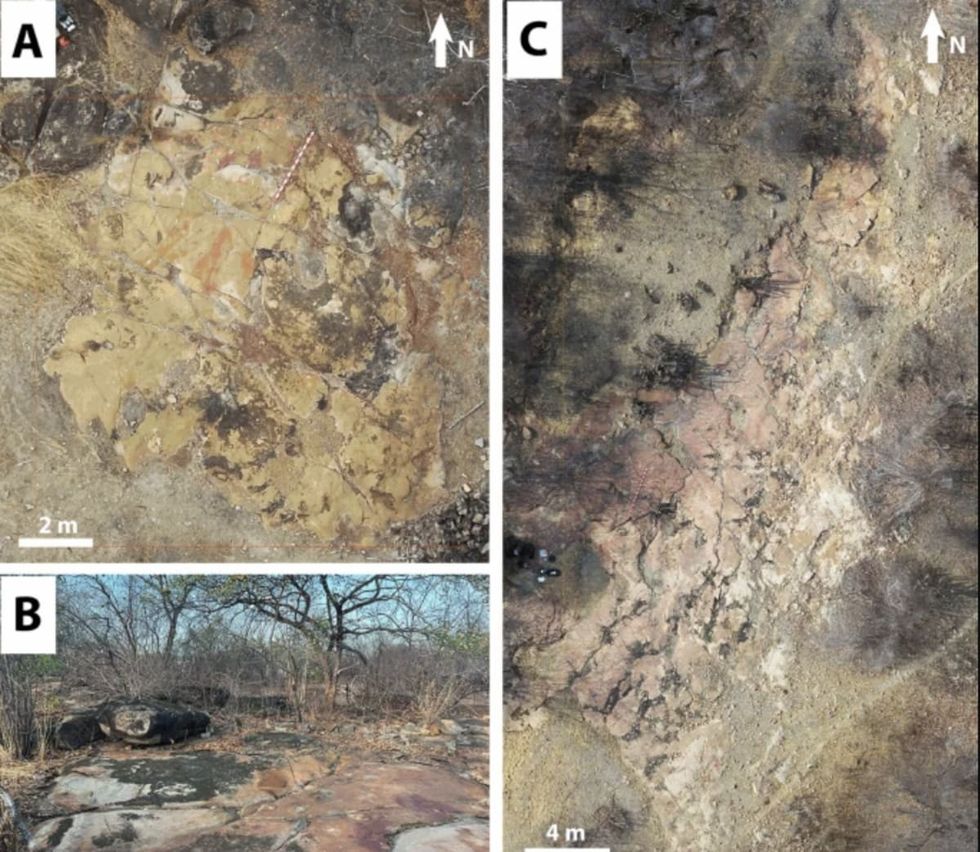 Image frmo Scientific Reports of ancient artwork.Image Source:
Image frmo Scientific Reports of ancient artwork.Image Source: 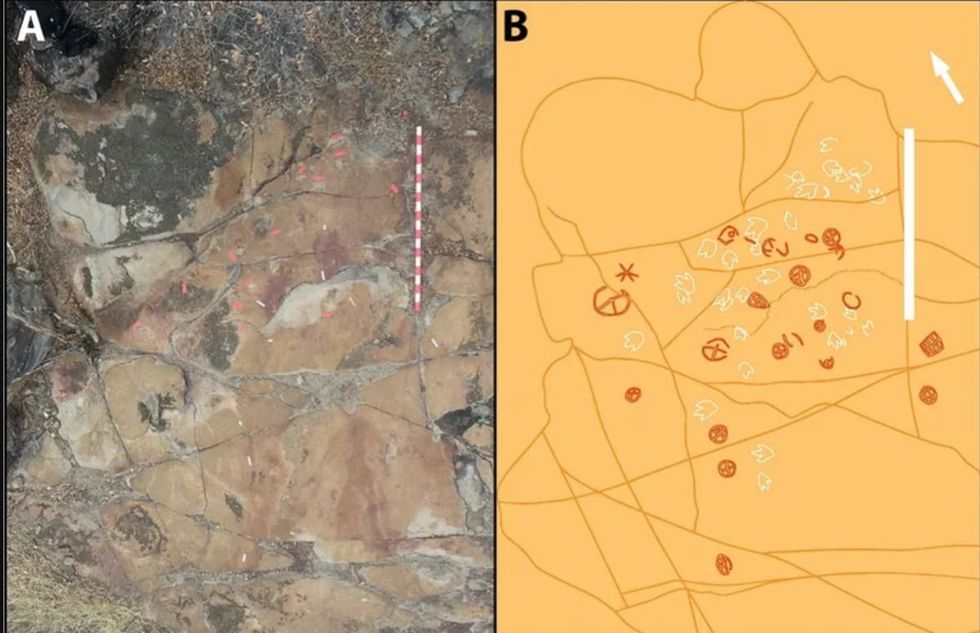 Image frmo Scientific Reports of ancient artwork.Image Source:
Image frmo Scientific Reports of ancient artwork.Image Source: 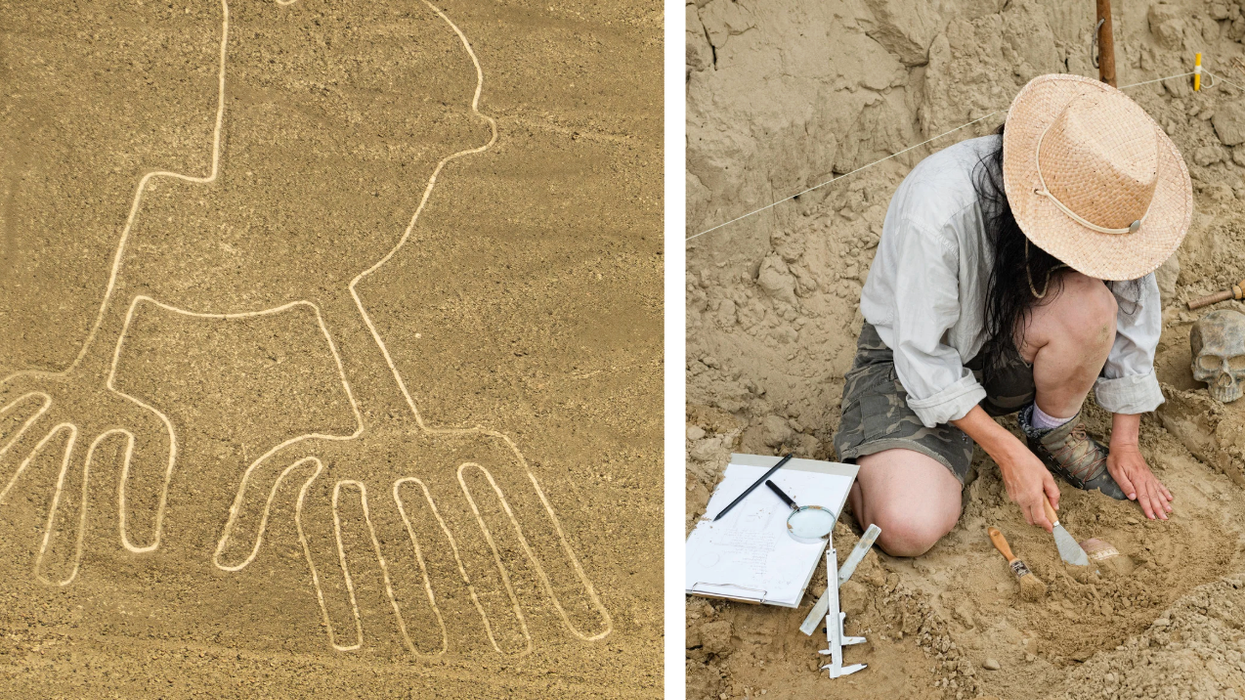

 It's difficult to imagine seeing a color and not having the word for it. Canva
It's difficult to imagine seeing a color and not having the word for it. Canva
 Sergei Krikalev in space.
Sergei Krikalev in space. 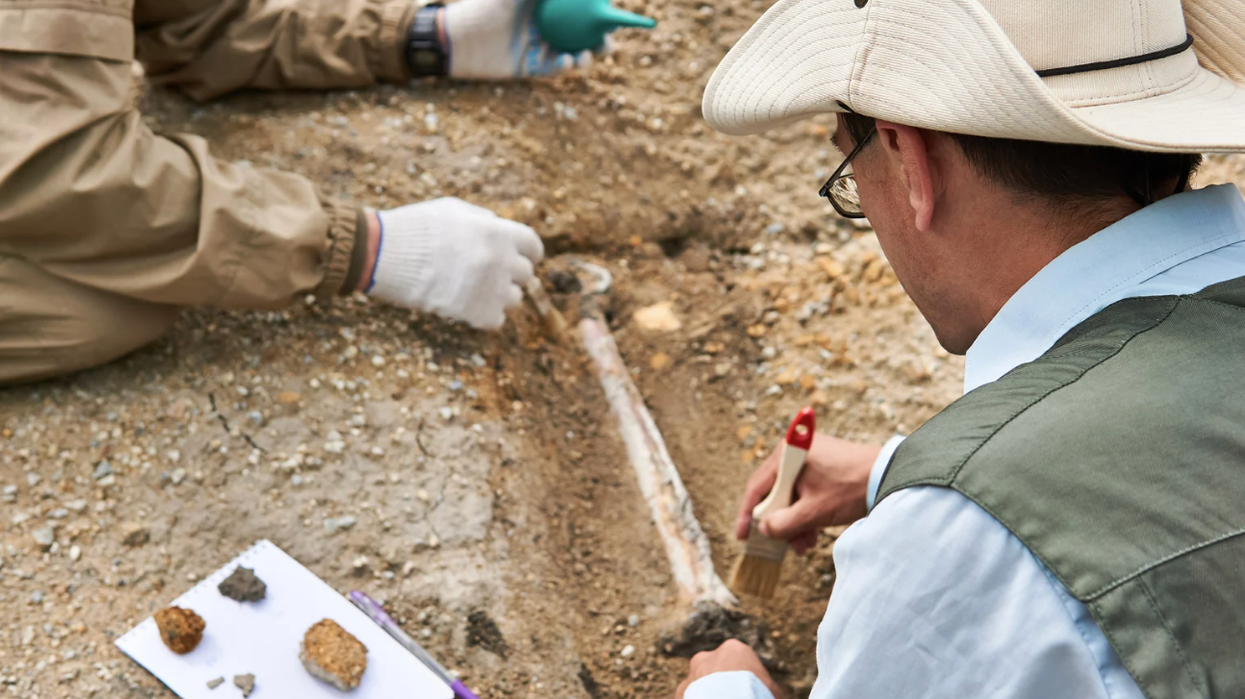

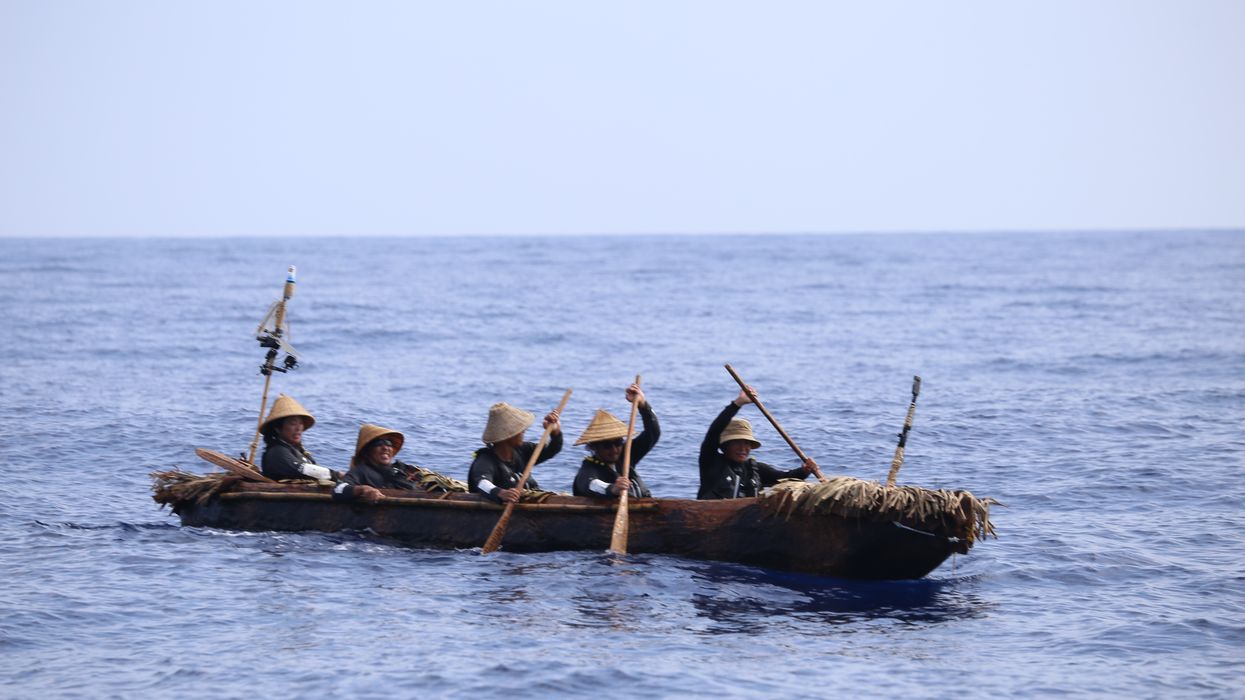
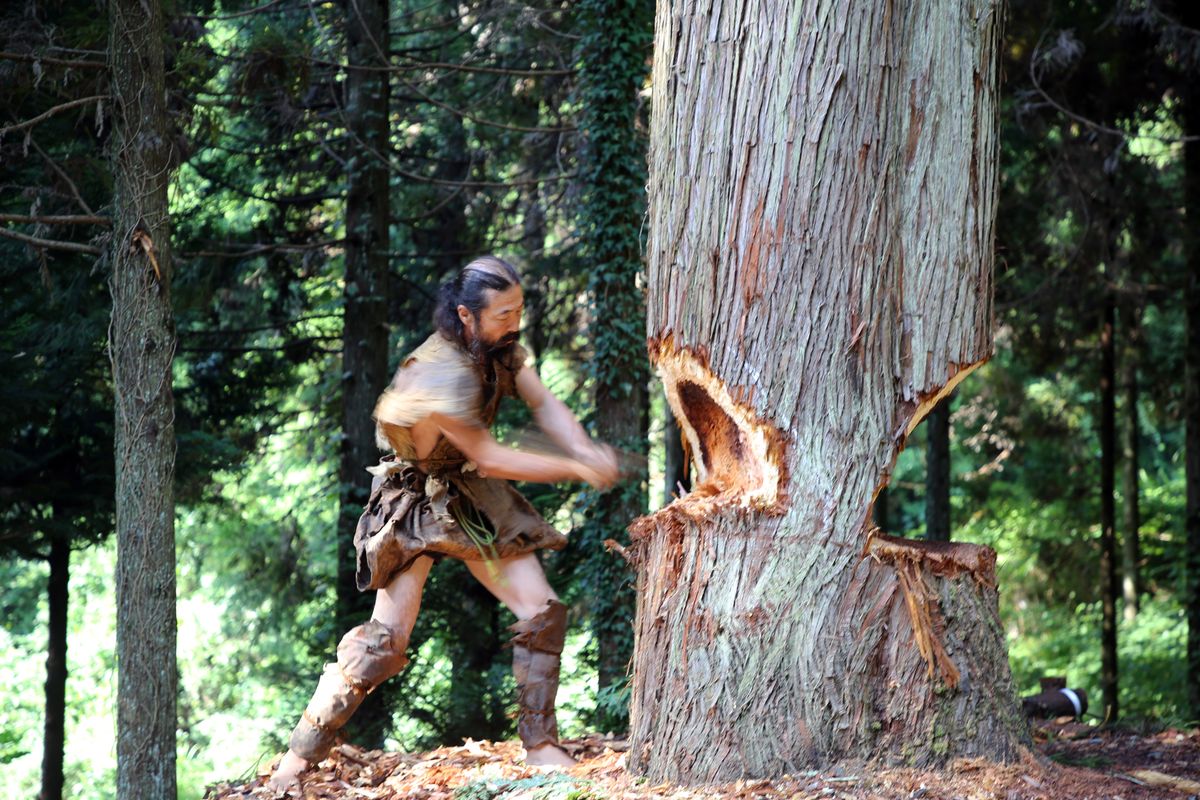 The team also crafted their canoe using ancient methods and Stone Age-style tools. National Museum of Nature and Science, Tokyo
The team also crafted their canoe using ancient methods and Stone Age-style tools. National Museum of Nature and Science, Tokyo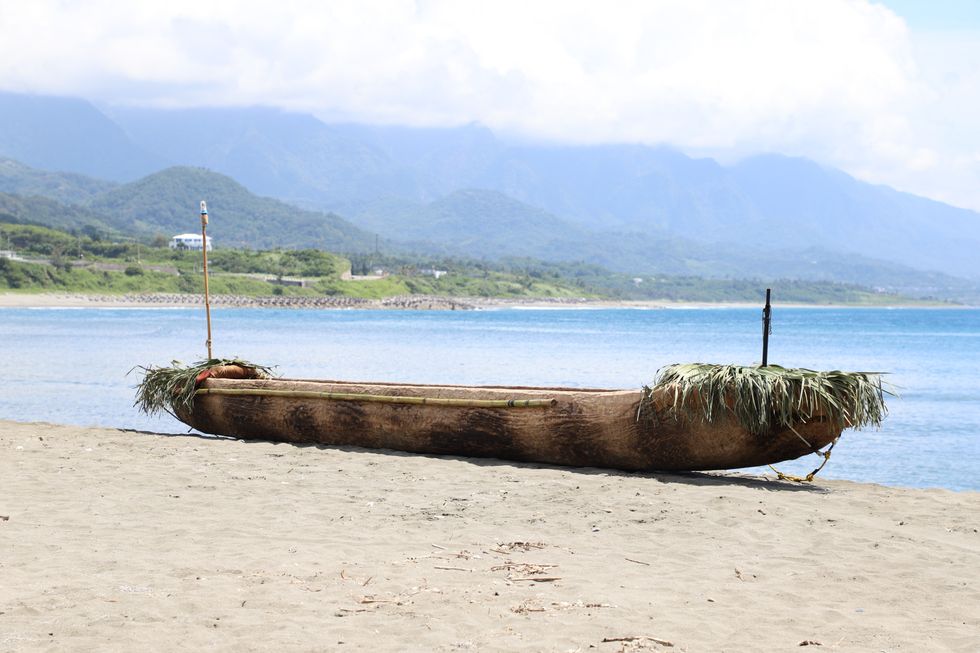 The cedar dugout canoe crafted by the scientist team. National Museum of Nature and Science, Tokyo
The cedar dugout canoe crafted by the scientist team. National Museum of Nature and Science, Tokyo